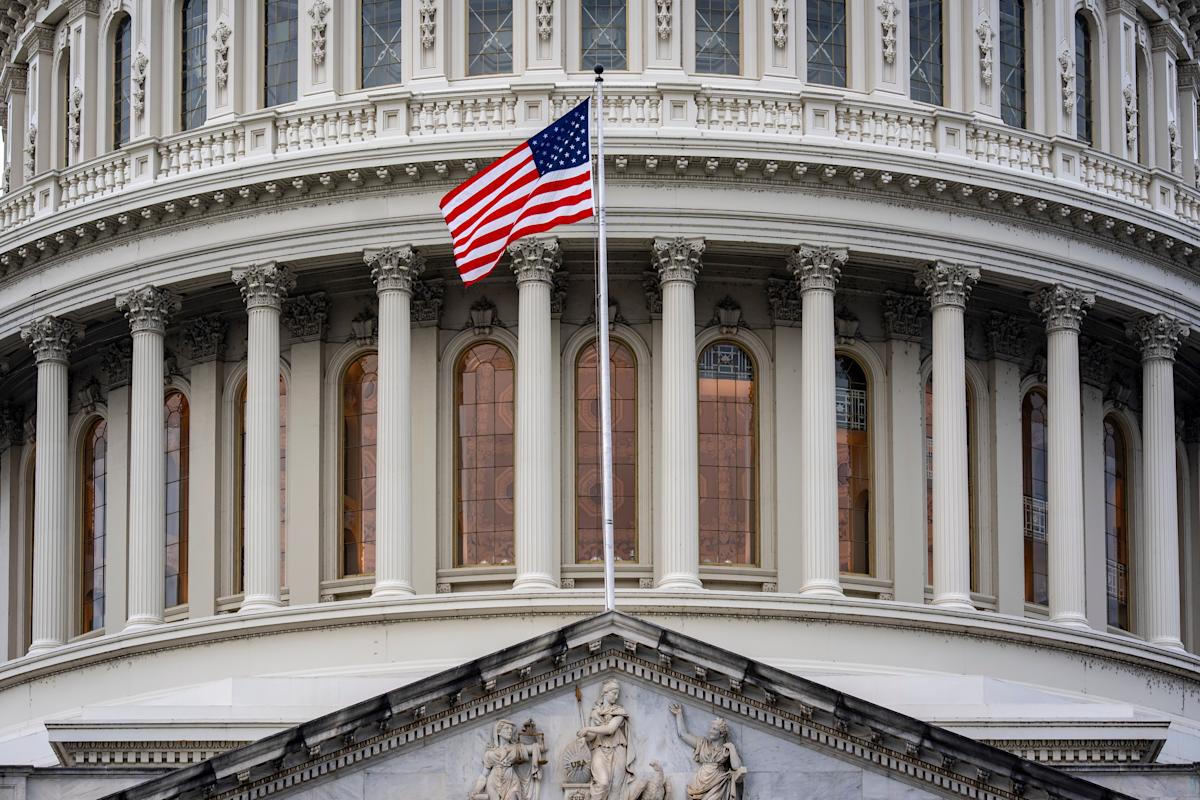The government shutdown will throw important federal data-gathering activities for a loop, likely delaying Friday’s release of the hotly anticipated jobs report.
The “employment situation” report, which shows the unemployment rate and number of new jobs created during the prior month, is a key gauge of economic health and closely watched by investors and policymakers alike, especially as the labor market has been showing signs of cooling off. A contingency plan released by the US Department of Labor on Monday noted the Bureau of Labor Statistics would completely cease operations in a shutdown, meaning the report wouldn’t be published unless the shutdown is very short-lived.
The longer the shutdown stretches on, the bigger a deal it will be for those awaiting the data. September’s initial jobs data has already been collected and essentially just needs someone in the government to hit publish, Oxford Economics chief US economist Ryan Sweet told Yahoo Finance.
While there’s “never a good time for the government to shut down,” the current moment is especially inopportune, he said. The Federal Reserve, which cut rates in September, is closely monitoring the health of the labor market and meets again in late October.
“The Fed is always setting monetary policy in a data fog, but then it just thickens when you’re not getting the employment numbers,” Sweet said.
Meanwhile, a shutdown could also delay the release of September’s inflation data, set to be announced Oct. 15, as well as the subsequent 2026 cost-of-living adjustment for Social Security benefits. October’s jobs data and inflation data, scheduled to be published Nov. 6 and Nov. 10, respectively, could also be pushed back if collection efforts are hampered by the shutdown.
“With each week you lose, you’re losing some time to collect this data,” said Stephen Juneau, senior US economist at Bank of America Securities.
The 16-day government shutdown in 2013 delayed the jobs report and inflation data for two consecutive months. October releases were pushed back by about two weeks, while November releases were delayed by roughly a week.
Still, even with a two-week delay this time around, the Fed would have time to look at the jobs report before its meeting, Juneau said.
And in the last full government shutdown, “while releases were delayed, data quality for the period reflecting the shutdown was largely unaffected, with the BLS reporting normal-range response rates for the October 2013 employment and PPI reports,” Well Fargo senior economist Michael Pugliese said in a note.


